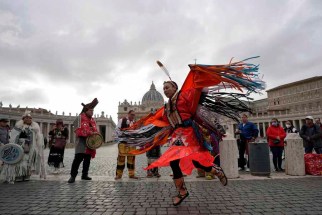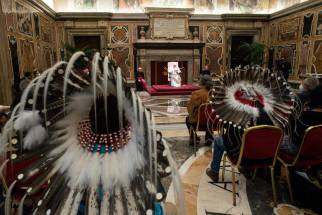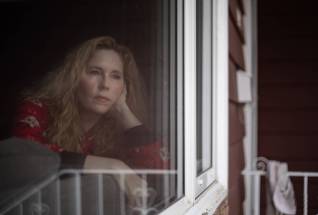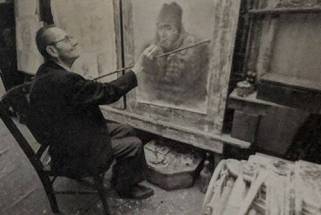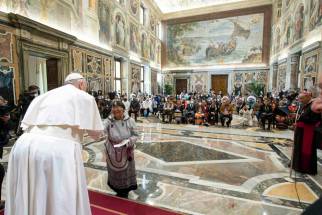Day of symbolic connection, not reconciliation
Read this article for free:
or
Already have an account? Log in here »
To continue reading, please subscribe:
Monthly Digital Subscription
$0 for the first 4 weeks*
- Enjoy unlimited reading on winnipegfreepress.com
- Read the E-Edition, our digital replica newspaper
- Access News Break, our award-winning app
- Play interactive puzzles
*No charge for 4 weeks then price increases to the regular rate of $19.00 plus GST every four weeks. Offer available to new and qualified returning subscribers only. Cancel any time.
Monthly Digital Subscription
$4.75/week*
- Enjoy unlimited reading on winnipegfreepress.com
- Read the E-Edition, our digital replica newspaper
- Access News Break, our award-winning app
- Play interactive puzzles
*Billed as $19 plus GST every four weeks. Cancel any time.
To continue reading, please subscribe:
Add Free Press access to your Brandon Sun subscription for only an additional
$1 for the first 4 weeks*
*Your next subscription payment will increase by $1.00 and you will be charged $16.99 plus GST for four weeks. After four weeks, your payment will increase to $23.99 plus GST every four weeks.
Read unlimited articles for free today:
or
Already have an account? Log in here »
Hey there, time traveller!
This article was published 01/04/2022 (1350 days ago), so information in it may no longer be current.
At the end of a remarkable week at the Vatican in Rome — where delegations of Métis, Inuit and First Nations leaders met with the Pope to discuss the abuses perpetrated by the Catholic Church and ask for an apology in Canada — the Holy Father offered each group a bronze olive branch as a gift representing “peace” and “reconciliation.”
It wasn’t the first time a Pope has offered a gift to a group upset at the church — an olive branch is pretty standard — but in the context of the day’s events, it’s worth some analysis.
Papal visit 2022: Full coverage from Rome
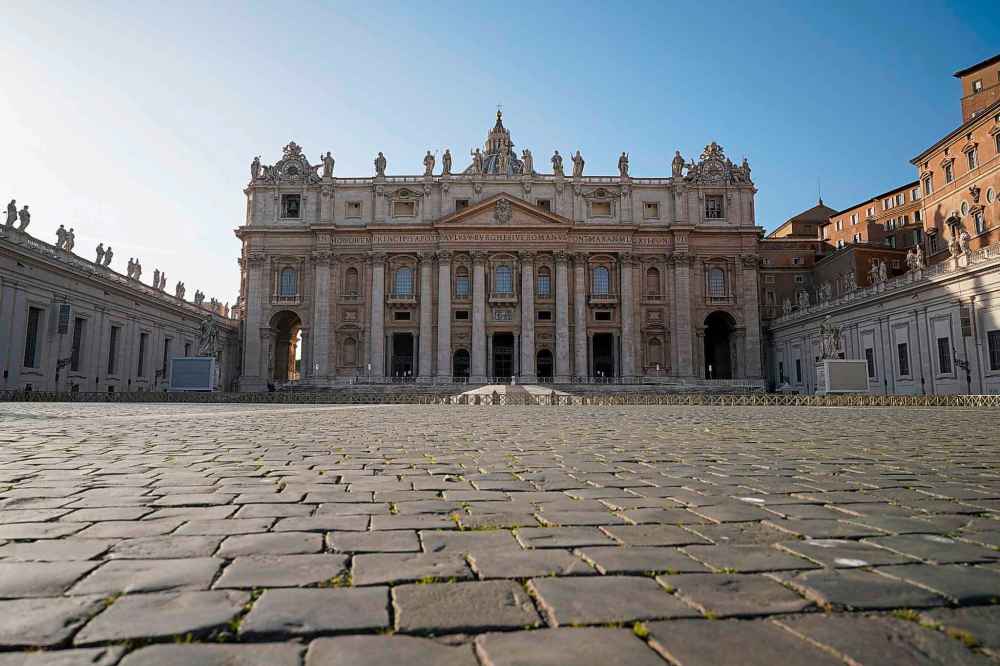
Posted:
Coverage of the visit to the Vatican by First Nations, Métis and Inuit delegates for meetings with Pope Francis.
In the Bible, the symbol first appears in Genesis 8:11. After the world is flooded, Noah sends out birds from his ark to see if the waters are receding. A dove returns with a “freshly plucked olive leaf,” showing him the world is in the process of renewal.
In other words, the Pope’s offering of an olive branch is a symbol, proposing the floodwaters of trauma, pain, and violence caused by the church against Indigenous nations are beginning to recede, giving way to a new path.
We’ll see. An abusive relationship doesn’t end because an abuser says sorry.
It ends when the abuse stops, when responsibility is taken and concrete actions of reparations, restitution, and restoration occur.
The Catholic Church in Canada still owes tens of millions of dollars in legal compensation to survivors and Indigenous communities.
All levels of the church continue to withhold documents essential to telling the story of residential schools, the perpetrators of crimes and what happened to attendees.

The church also continues to own billions of dollars in land stolen from Indigenous communities, and accept hundreds of millions in donations and investments.
In other words, the flood is still very much drowning Indigenous people and communities in theft, violence, and tears.
Much work has yet to be done by Catholic leaders to begin to recede the waters.
Still, no olive branch would have been possible without survivors of residential schools. This past week, they showed once again they are the true visionaries of reconciliation.
In all three delegations, survivors bravely recounted their stories of abuse to the head of the church who perpetrated them, standing in the very centre of that institution.
In global history, there are few parallels to this week.

This side of the Nuremberg trials, not often do you get to see the survivors of genocide confront those who performed the act. Pope Francis, 85, was not in power when residential schools were in operation in Canada, but the church has profited from what happened in those places.
The survivors didn’t just offer words but also symbolic gifts for the Pope. Each carried a message.
The Métis offered the Holy Father a memory book by Métis survivors, representing the stories the church has not yet heard because the Métis are excluded from the 2006 residential school settlement agreement.
The Inuit gave him a cross made from whale and silver and a pouch made from seal and ivory, representing the resources facing global warming and being hunted and mined for profit by those outside their communities.
First Nations gave the Pope a stole, adorned with beaded orange crosses that represent the resilience of survivors and snowshoes that represent the life and struggles of land and the life within it.
Each symbolized different aspect of residential schools; from the stories we have yet to hear to how all of us “wear” the histories of the schools as we enter the future.
On a day where gifts said as much (if not more) than words, much more was happening at the Vatican then a papal apology and a promise to visit Canada.
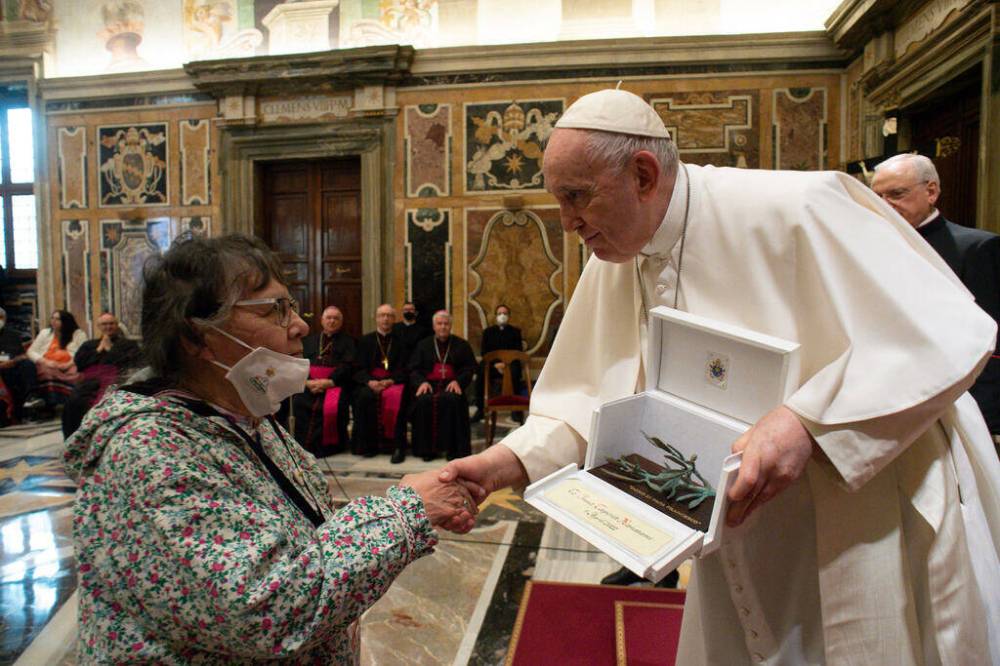
These were offerings, presentations, visions of paths forward. Opportunities for all in that room and their relations to take up, learn from and perhaps even one day travel.
It is in these offerings no one can deny April 1, 2022, was a good day for survivors, Catholics and Canadians.
The Catholic Church — the same institution which once called Indigenous songs, stories and ceremonies devil-worshipping nonsense — heard the drums and fiddles, languages and experiences of Indigenous peoples and didn’t turn away.
It was not a day of reconciliation; this comes from far more work than a couple of gestures.
However, it was a good day. A day that said a lot.
niigaan.sinclair@freepress.mb.ca
The Free Press is committed to covering faith in Manitoba. If you appreciate that coverage, help us do more! Your contribution of $10, $25 or more will allow us to deepen our reporting about faith in the province. Thanks! BECOME A FAITH JOURNALISM SUPPORTER

Niigaan Sinclair is Anishinaabe and is a columnist at the Winnipeg Free Press.
Our newsroom depends on a growing audience of readers to power our journalism. If you are not a paid reader, please consider becoming a subscriber.
Our newsroom depends on its audience of readers to power our journalism. Thank you for your support.
The Free Press acknowledges the financial support it receives from members of the city’s faith community, which makes our coverage of religion possible.



